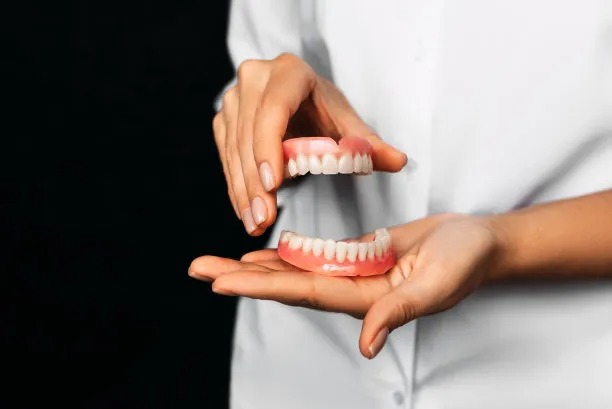Navigating the Dental Journey What to Expect When Extracting a Tooth and Aftercare Tips for a Smooth Recovery
Summary: Extracting a tooth can be a daunting experience, but understanding the dental journey can significantly ease anxiety. This article discusses the essential aspects of tooth extraction, detailing what patients can expect before, during, and after the procedure. The four key areas covered include preparation for the extraction, the actual extraction procedure, immediate post-extraction care, and long-term recovery tips. By following the outlined aftercare tips, patients can ensure a smoother recovery and minimize complications. This guide aims to empower individuals with the knowledge they need to navigate their dental journey with confidence.
1. Preparing for Tooth Extraction: What You Need to Know

Preparation is a crucial step before undergoing a tooth extraction. The dentist typically begins with a thorough examination of the oral cavity, including X-rays, to assess the position of the tooth and surrounding structures. Understanding the reasons for the extraction can help patients manage their expectations and concerns. Patients are encouraged to ask any questions they may have, as feeling informed can alleviate anxiety.
In the days leading up to the procedure, its important for patients to follow specific instructions given by their dentist. This may include restrictions on food and drink, particularly before the anesthesia is administered. Additionally, patients should arrange for transportation to and from the dental office. Depending on the complexity of the extraction, patients may receive sedation or general anesthesia, making it vital to have someone available to help post-procedure.
Lastly, patients should prepare mentally and logistically for recovery. Stocking up on soft foods, ice packs, and pain medications can smooth the transition into recovery. Having a comfortable resting place at home can also help facilitate a speedy and uncomplicated healing process.
2. Understanding the Tooth Extraction Procedure
The actual tooth extraction procedure begins with the administration of anesthesia to ensure the patients comfort. Local anesthesia numbs the area around the tooth, while sedation can help in minimizing anxiety and discomfort. Patients may feel pressure during the extraction, but they should not feel any pain due to the anesthesia.
Once the area is numb, the dentist will carefully loosen the tooth from the bone and surrounding gum tissues. Depending on the tooths condition and location, the extraction can be straightforward or may require surgical techniques. Surgical extractions are more complex and usually involve cutting through gum tissue or bone to remove the tooth.
After the tooth is extracted, the dentist will pack the site with gauze to control bleeding and help a clot form in the socket. Patients should be advised about what to expect immediately following the procedure, including potential swelling and sensitivity, as these are common post-extraction symptoms.
3. Immediate Post-Extraction Care Essentials
Once patients return home, its crucial to follow the dentist’s aftercare instructions closely. Biting down gently on the gauze for at least 30-45 minutes after the surgery can help minimize bleeding. If bleeding continues after this time, patients should call their dentist for further guidance.
In the first 24 hours post-extraction, patients should avoid using straws, rinsing their mouth vigorously, or engaging in physical activities. Such actions can dislodge the blood clot, leading to complications like dry socket. Resting and keeping the head elevated can also help reduce swelling and discomfort.
It’s recommended to manage pain with over-the-counter medications or prescribed pain relievers. Ice packs applied to the outside of the cheek can help in reducing swelling during the initial hours after the extraction. Ensuring proper hydration is important, but patients should stick to soft foods for the first few days, avoiding anything too hot, spicy, or hard that could irritate the extraction site.
4. Long-term Recovery Tips for Smooth Healing
As the healing process progresses, maintaining good oral hygiene is vital. Patients should be cautious around the extraction site and may need to modify their brushing techniques to avoid disturbing the area. Rinsing with a warm saltwater solution can aid in healing and reduce the risk of infection, but this should only start 24 hours after the procedure.
Patients should monitor their recovery over the subsequent days and be aware of any signs of complications, such as severe pain, persistent bleeding, or increased swelling. If these occur, contacting the dentist promptly is essential for appropriate intervention.
As the socket heals, most patients can gradually return to their normal diets and activities. Regular follow-up appointments with the dentist will help ensure that the recovery is progressing well and that any necessary further treatments can be addressed in a timely manner.
Summary:
Navigating the dental journey of tooth extraction involves understanding each step, from preparation to recovery. By being informed and following proper aftercare, patients can experience a smooth recovery and minimize potential complications. Addressing concerns before the procedure and adhering to post-extraction care advice is essential for optimal healing.
This article is compiled by Vickong Dental and the content is for reference only.



